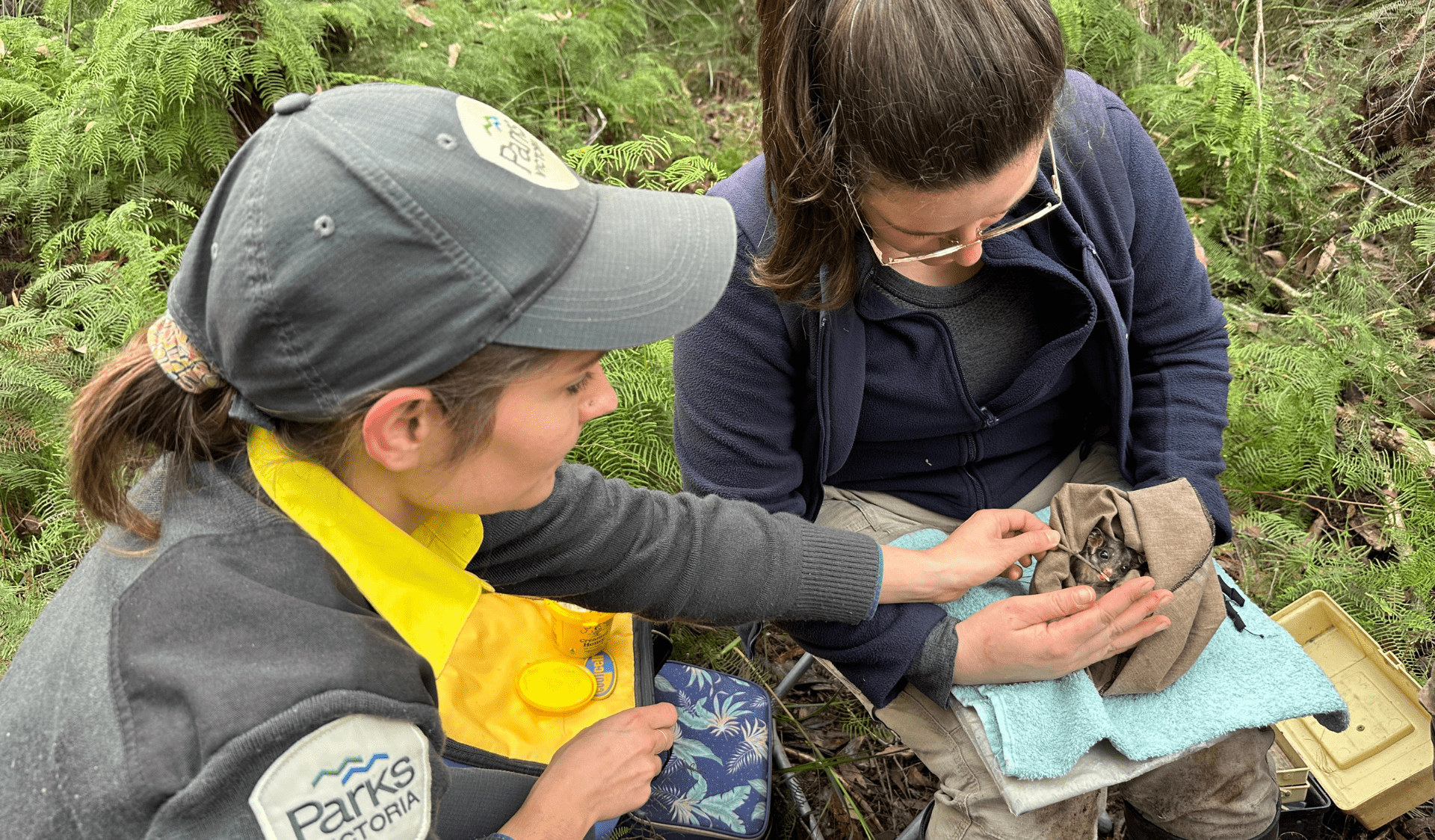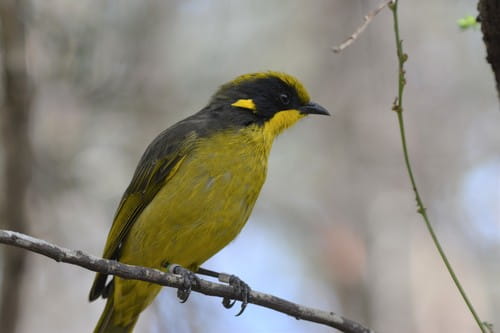Paws-itive steps towards conservation
Monday 8 September, 2025
From alpine peaks to coastal wetlands, Victoria is home to remarkable and diverse wildlife.
Yet many species now face existential threats from habitat loss, climate pressures, and invasive species.
These stories are not solely about decline, however – they’re also about resilience, action, and the power of collective care.
Victoria’s fauna is under pressure
Victoria is home to a large and increasing number of threatened fauna species, many of which are listed under the state's Flora and Fauna Guarantee Act 1988 (Vic) and supported through the Department of Energy, Environment and Climate Action (DEECA) Faunal Emblems Program.
The Faunal Emblems Program was started to help improve the long-term sustainability of the Leadbeater’s Possum and the Helmeted Honeyeater in the wild.
While the Leadbeater’s Possum (Gymnobelideus leadbeateri) was once presumed extinct, efforts under the program have enabled it to repopulate and be returned to the wild – albeit with a critically endangered status. It’s population and habitat have been drastically reduced due to logging and bushfires.
Victoria’s Helmeted Honeyeater (Lichenostomus melanops cassidix) survives in small, isolated patches of forest along streams and rivers. As of 2013, there were only 60 individual birds remaining, but conservation methods like captive breeding and wild releases have helped the population grow to over 200.

Melissa Tuliranta (Left) Ranger, Yarra Ranges feeding honey to a Leadbeater's Possum as a part of an annual count and health check. Credit: Parks Victoria
How do we know if a species is threatened?
The Flora and Fauna Guarantee Act 1998 (Vic) provides the scientific and legal backbone for protecting threatened species. But how do we decide which species and habitats need the most urgent care?
The process is careful, transparent, and grounded in evidence.
Anyone from researchers to passionate community members, can nominate a species, ecological community, or threatening process for consideration. These nominations are then assessed by a panel of independent experts – the Scientific Advisory Committee – who evaluate each case and then advise the Minister to add any new species of habitats to Victoria’s threatened list.
In some cases, the process identifies areas of ‘critical habitat’. These are locations that if they were to disappear, species simply would be unable to survive. Declaring these under the Flora and Fauna Guarantee Act 1998 (Vic) ensures they receive the strongest possible protection.
This legal framework is more than just an effort to tick a box; it provides a roadmap for hope, and reminds us that conservation is not passive. Every nomination, every survey, every voice raised in support of threatened species can help shape the future of biodiversity.
Hope blossoms in nature
Despite threats of habitat destruction, climate change, disease and invasive predators, we continue to see strong steps in conservation.
Our efforts towards conserving Brush-tailed Rock Wallabies were shared last month, with hand-picked wallabies now making themselves at home in Mount Rothwell Sanctuary.
But supporting threatened fauna is more than saving animals, it’s also about protecting our ecosystems.
Victoria’s threatened fauna may be fragile, but they’re not without hope. Through science, collaboration, and compassion, these species can recover and continue to play vital roles in the landscapes we share.

Helmeted honeyeater
Credit: Michael Keogh via iNaturalist CC BY-NC-SA 4.0

Leadbeater’s possum
Credit: Tim Bawden via iNaturalist CC BY-NC 4.0
Fauna fun facts
- 300+ fauna species are listed as threatened in Victoria under the Flora and Fauna Guarantee Act 1988 (Vic).
- The Leadbeater’s Possum (Gymnobelideus leadbeateri), Victoria’s state faunal emblem, was believed to be extinct. It now survives primarily in ash forests and sub-alpine woodlands in Victoria’s central highlands, and a small population can be found in the Yarra Ranges National Park.
- The Helmeted Honeyeater, once down to approximately 60 birds, now tips the scales at more than 200, thanks to breeding and release programs.
- The Baw Baw Frog has declined by approximately 98% since the 1980s, but over 3,000 frogs have been reintroduced to the wild in recovery efforts.
- The Eastern Curlew, the world’s largest migratory shorebird, relies on Victorian wetlands as critical feeding stopovers on its annual journey.
- Predator control, nest boxes, habitat restoration, and captive breeding are among the most effective conservation tools making a difference today.
Although raising awareness for threatened species is a key tool for conservation, we need to remember that we can all make a difference when it comes to protecting our flora and fauna.
Everyone can make steps in protecting the environment, whether it’s ensuring that you’re taking rubbish when leaving a hike or a campground, or being extra careful when you’re on a trip through native bushland.
Biodiversity Month
Biodiversity Month is celebrated each September and promotes the importance of connecting with nature and caring for the environment in all it’s fantastic diversity.
At Parks Victoria, we protect the best examples of nature, managing a diverse estate of more than 4 million hectares including 3,000 land and marine parks and reserves.
We know the survival of our wildlife, plants and natural habitats is critical to our own survival – our health and wellbeing, the air we breathe, the water we drink and the places we go.
So why not get out into nature this September and remember why caring for nature is as important as caring for yourself.

